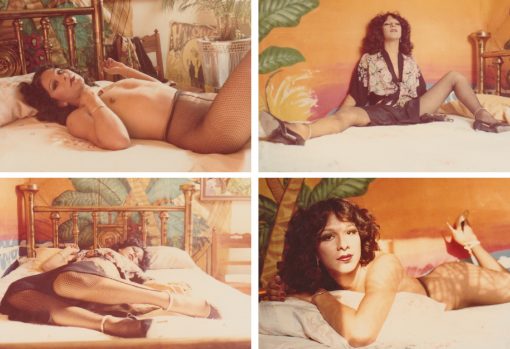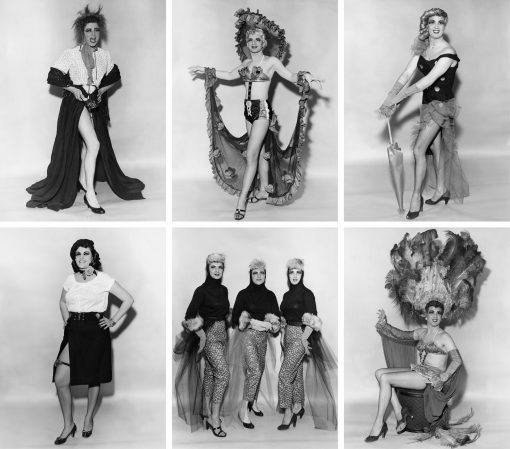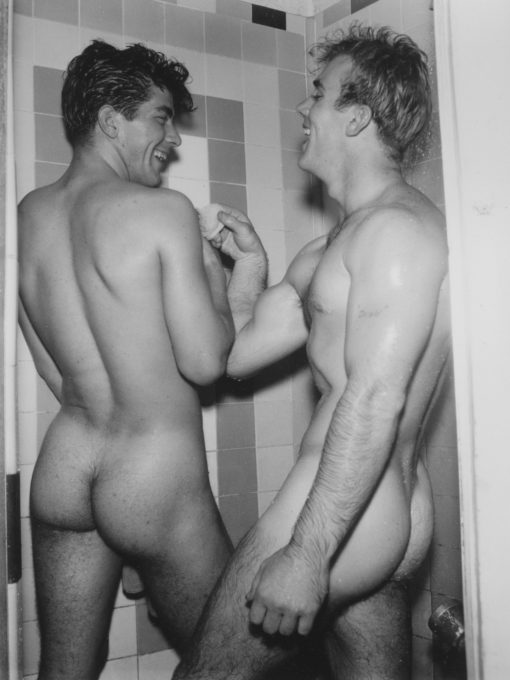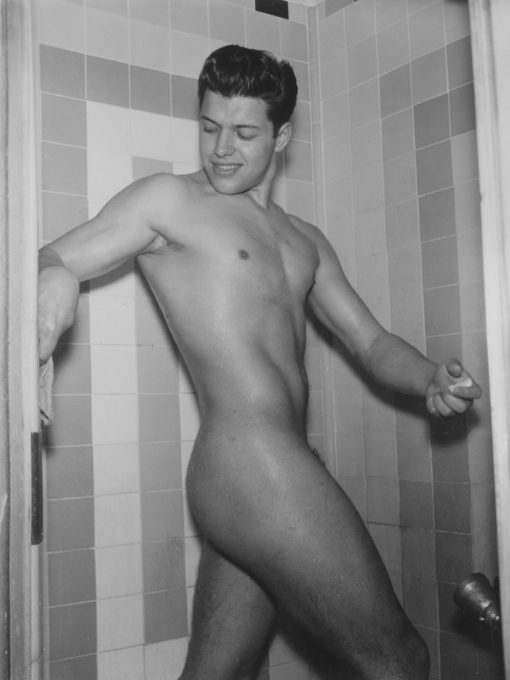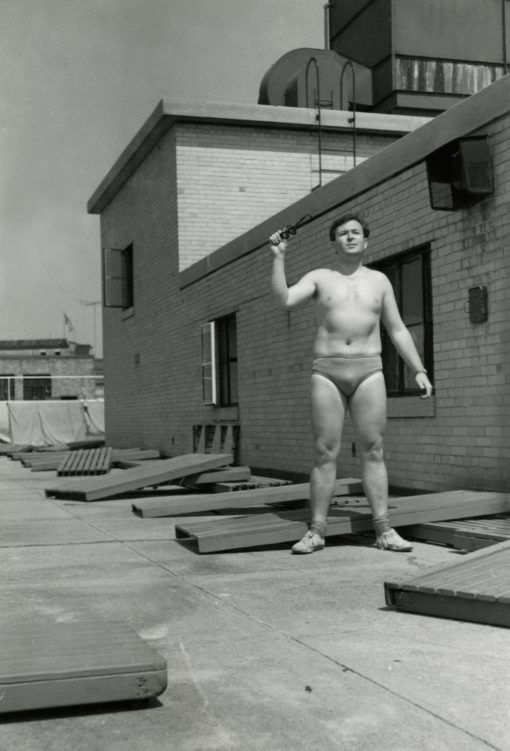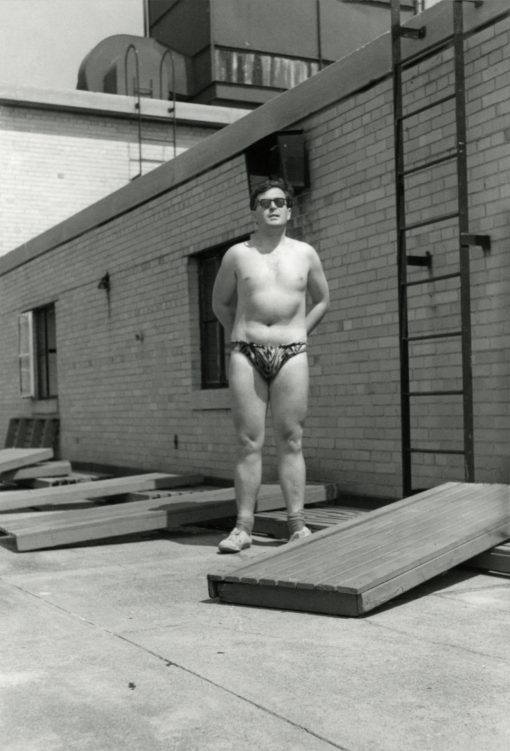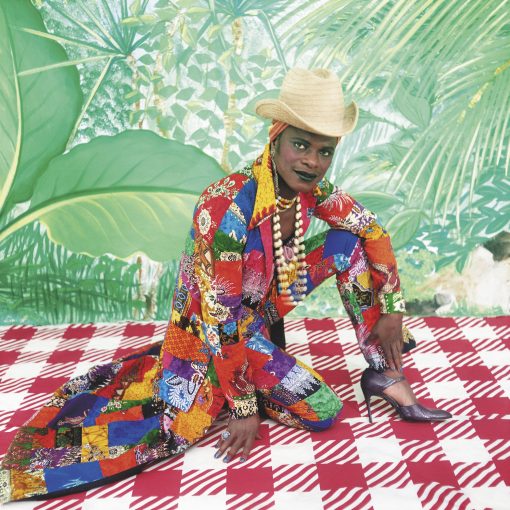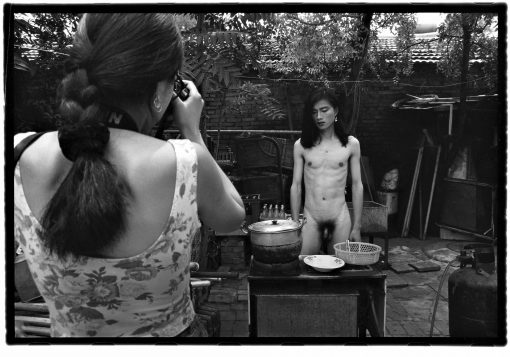Celebrating 50 Years of Pride
Every June, Pride parades are celebrated all over the world. These parades are known in Germany as "Christopher Street Day" or CSD. The name refers to Christopher Street in New York's Greenwich Village, where the Stonewall Inn is still located today. On June 28, 1969, violent riots between the police and activists of the gay and lesbian movement took place in front of this bar. The Stonewall Inn was considered a refuge for members of the LGBTQI+ scene, where they could meet and chat with people of similar interests without being harassed. At the same time, such bars were often a target for police raids. According to the law at the time, the police had the right to detain anyone who did not wear at least three garments identified with their gender. That June evening, visitors of the Stonewall Inn began to defend themselves against such a raid and the arrests associated with it. In memory of these events, members of the LGBTQI+ scene continue to take to the streets to fight for their rights and make their voices heard.
Depending on the epoch and culture, same-sex relationships have been evaluated, accepted, or criticized very differently. While homosexuality was tolerated in ancient Greece under certain conditions, homosexual acts were alternately considered a sin, as seen in the biblical stories about the cities of Sodom and Gomorrah.
The United States enacted its first laws against homosexuality in the 17th century, and such acts were typically punished by long prison sentences or hard labor. Each state formulated laws and determined sentences against sodomy—all sexual acts which do not take place between a man and a woman—thus causing significant variations in cases. In 1962, the Model Penal Code recommended that consensual sodomitic acts not be punishable by law, and individual states began to repeal such laws beginning in 1971—however it was not uncommon that extralegal, social punishment was still sanctioned. In 2003, the U.S. Supreme Court officially repealed federal laws against sodomy in John Geddes Lawrence and Tyron Garner v. Texas.
The Walther Collection owns numerous photographs representing the LGBTQI+ community. For example, American photographer Bob Mizer contributed to the formation of a homosexual counter-movement with his photographs of male homoeroticism. Though working at a time when homosexuality was forbidden and suppressed, Mizer founded the Athletic Model Guild in 1945. He cast young muscular men in photographs and had them pose nearly nude. In 1947, authorities sentenced Mizer to six months imprisonment for obscenity. After Mizer's release, he quickly found a new way to publish his pictures.
Mizer founded Physique Pictorial in 1951, which officially functioned as a fitness magazine but allowed him to address his pictures to a homosexual audience. Until 1962, the U.S. government forbade printing of completely nude photographs. Mizer avoided censorship issues by recreating backgrounds based on classical models and posing his models in a certain way. These specifications created stronger references to the themes of fitness and idealized bodies. Mizer's magazine Physique Pictorial also pushed illustrator Tom of Finland's career and inspired artists such as Robert Mapplethorpe and David Hockney.
Like nude photographs, acts of public cross-dressing were also punishable. Starting with Ohio in 1848 and Tennessee in 1863, states enacted laws prohibiting citizens from wearing clothes belonging to the opposite sex, which continued into the 1940s. (For the most part, legal clothing restrictions only applied to men.) As recently as 2007, Louisiana stated it was not appropriate to appear in public in the clothing of the opposite sex—ten years later they revised the decree.
Among The Walther Collection's vernacular photographs is a series portraying cross-dressing called Dear Martin (1968), which reflects newly gained freedoms in private spaces. Images include a man on a house roof posing, seemingly alone, in underwear and sunglasses, perhaps while sunbathing. Upon closer examination, the pictures reveal that the man is wearing women's underwear. The consistent perspective suggests that the pictures were taken with the help of a tripod. However, these pictures were not taken in secret—from the opposite house one may have been able to see the lower half of "Martin's" body. Perhaps this was a certain thrill for him, which he documented with his camera.
The Nigerian-Cameroonian artist Samuel Fosso has also worked with topics of gender and identity in his photographic practice. In 1997 he made La femme américaine libérée des années 70, from the series "Tati," which is named for the Paris department store. For the store's fiftieth anniversary, Fosso was invited to set up a studio there and use the clothes and make-up on sale in his photographs. He later explained the La femme image as "a dream. A dream that narrates slavery, segregation, and the desire to be free, to get revenge, to be independent from whites, from men, to be economically independent, to make a career for herself" (Schlinkert 2004: 51). Rather than produce deliberately queer content, Fosso used his body to capture the character, regardless of its gender, on film. In addition, curator Okwui Enwezor reasoned that Fosso was one of the first artists to comment on themes such as masculinity, gender, identity and sexuality in Africa, which is expressed through androgyny in his depictions.
In Africa, works of art which deal with issues of identity and gender often point to social taboos and elicit discrimination, but are not necessarily subject to criminal prosecution. In countries like China, however, such artworks are often victims of strict censorship and may give rise to legal consequences. In China to this day, gender is a rigid binary composed only of men or women. So it is hardly surprising that Ma Liuming's performance works such as Fen-Ma Liuming's Lunch I from 1994 or Fen-Ma Liuming Walks the Great Wall from 1998 have led to violent reactions from Chinese authorities. Through Fen-Ma's character, the artist created a kind of hybrid being that unites the characteristics of both sexes and attracts attention. Both of these works can be seen in the current exhibition Then and Now: Life and Dreams Revisited at The Walther Collection in Neu-Ulm until October 27, 2019.
– Susanna Schnelzer
